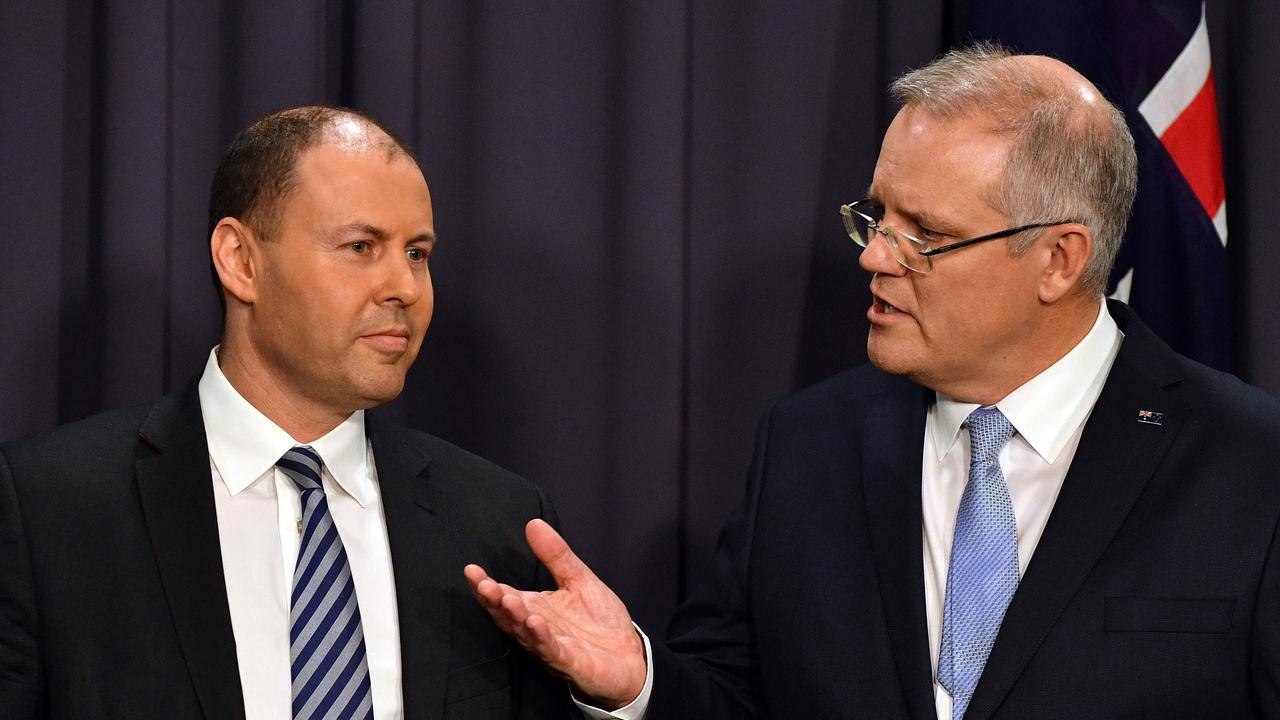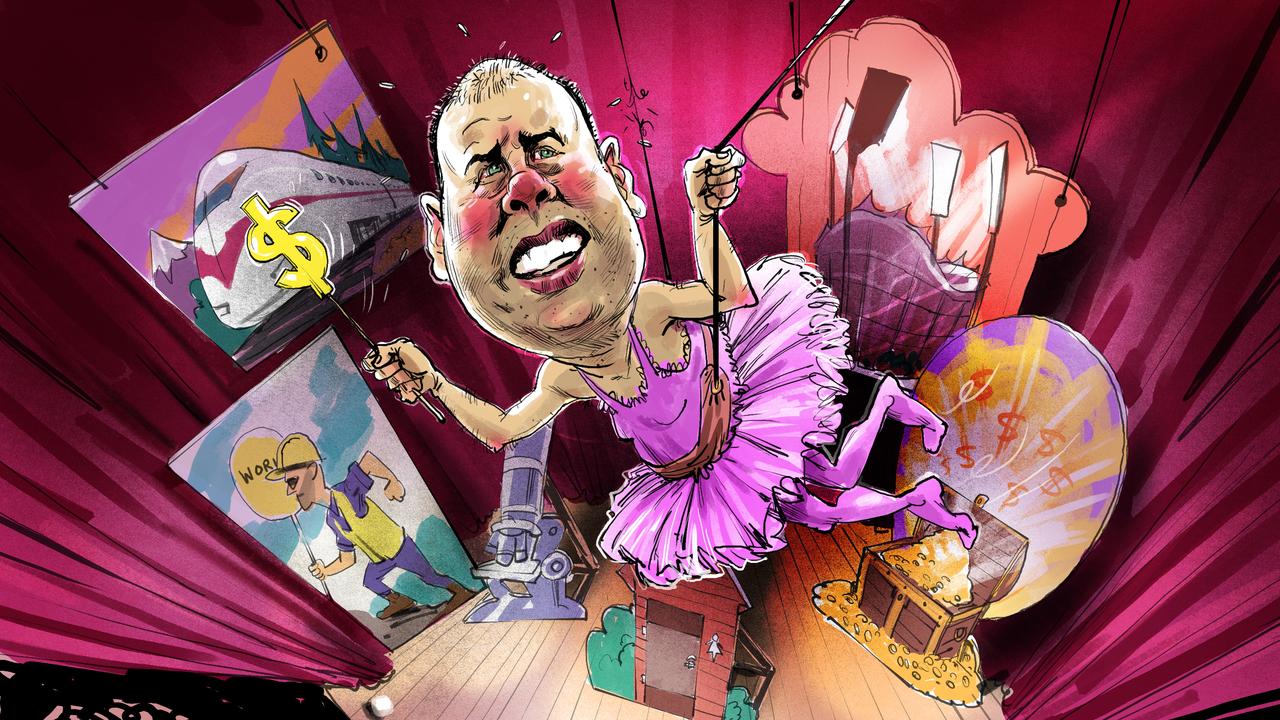Federal budget 2018: Reverse mortgage plan helps seniors
Pensioners will be able to use the value of their homes to get extra income as the government steps in where banks have dominated.
Pensioners will be able to use the value of their homes to get extra income under a plan that will see the government step in where banks have dominated.
Dubbed the “pension loan scheme”, the scheme has actually existed since the 1980s, but until now it has been virtually dormant because it is highly restrictive and, ironically, not open to all pensioners.
Under terms laid out in the budget, the scheme will be open to everyone over pension age (about 1.8 million homeowners) and may well prove popular as trust in the banking industry — which dominates the reverse-mortgage market — is at its lowest following revelations in the banking royal commission.
With huge increases in the value of family homes across Australia, many pensioners are asset-rich and cash-poor. Although they do not suit everyone, a reverse mortgage allows the homeowner to draw an income from a loan underpinned by the embedded value of the home. Under reverse-mortgage arrangements, the homeowner takes a loan at a fixed rate.
The specific advantage of the new, government-backed scheme will be a lower interest rate compared to private providers such as banks: under the relatively obscure government reverse-mortgage scheme, the interest rate is now 5.2 per cent fixed, compared to rates higher than 6 per cent in the commercial market.
The government has also eased restrictions on the scheme, increasing the maximum fortnightly allowable income stream to 150 per cent of the Age Pension rate.
Though it was introduced more than 30 years ago, only about $30 million has been put through the government scheme, which in terms of the home-loan market is minuscule. In policy terms, the initiative fits with the government’s broader effort to encourage older Australians to stay in their homes for longer. Under the plan, retirees must receive an income stream that may be up to $11,799 for singles or $17,787 for couples but they cannot get a lump sum.
The effective price of a reverse mortgage is that the government has a charge over the house until the mortgage is paid off, most likely when it is eventually sold.
Under such an arrangement, it is almost certain the homeowner’s estate will be less than it might have been, diluting the potential inheritance of any children or dependants.
Banks have also issued products aiming to release money from the family home; these are so-called equity-release products where the financial institution becomes a joint owner of the property, ultimately taking a share of the final sale value.
Older Australians considering either option have to make a calculated bet on the direction of property prices and set it against the value of increased income in the short term — the government scheme at least ensures the rate charged on the reverse mortgage is reasonable and most likely the lowest in the market.
The move to exploit the rising value of homes was announced in parallel to moves to allow more people to live in their homes for longer under the assisted aged care at home plan, with the government announcing 14,000 new assisted places for at-home care. There has been clear evidence older Australians prefer to live at home as long as possible. Both programs will help them do so in homes that in the past decade have risen enormously in value, especially in Sydney and Melbourne.







